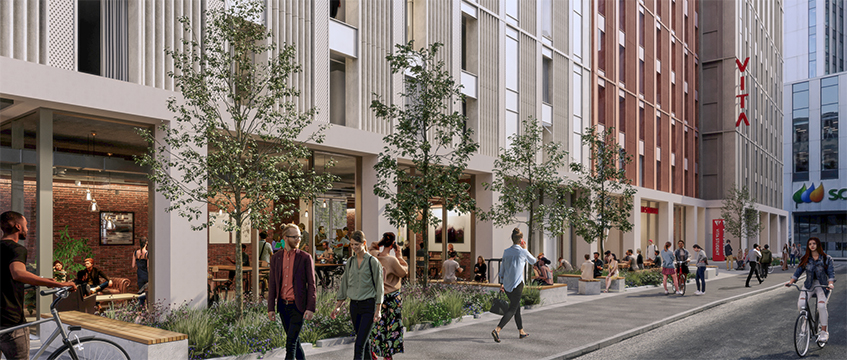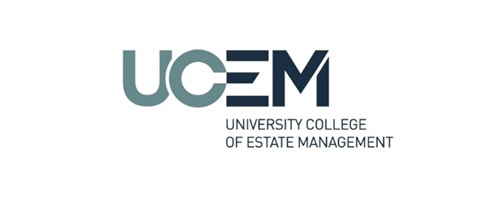Quarter rent day: how will landlords fare in Q2?
News
by
Graham Shone and Pui-Guan Man
As landlords steel themselves for the outcome of June rent day today, EG can unveil a full picture of how much in Q1 billings the biggest real estate landlords have managed to collect so far.
The average collection rate among the UK’s biggest listed landlords reached 75% of rental income for the March payment day, including deferrals and monthly payments.
Impact Healthcare, Urban Logistics and Supermarket Income REIT emerged as the winners after pocketing 100% of March rents owed.
As landlords steel themselves for the outcome of June rent day today, EG can unveil a full picture of how much in Q1 billings the biggest real estate landlords have managed to collect so far.
The average collection rate among the UK’s biggest listed landlords reached 75% of rental income for the March payment day, including deferrals and monthly payments.
Impact Healthcare, Urban Logistics and Supermarket Income REIT emerged as the winners after pocketing 100% of March rents owed.
At the other end of the scale, intu collected just 29% of rents due on 25 March. In the meantime, Shaftesbury disclosed that it received 27.6% through rent invoices sent in March for its quarter ending 23 June, from its wholly owned portfolio. The latter aims to collect around 50% of rents due from April to September “over time”.
Of 38 REITs issuing quarterly collection updates, many showed gradual improvements well past the March payment deadline after agreeing concessions with distressed occupiers – but still remained steadfastly behind comparable levels in previous years.
To give a sense of how Q2 will shape up, landlords on the whole expect June collection levels to fall short of what they scraped together in March, since the previous quarter included at least two months of pre-lockdown trading.
Most companies are exposed to a diversified mix of assets across commercial real estate sectors, but unsurprisingly those with significant retail and leisure exposure lagged behind the overall national trend for March rental collection.
Landlords with heavy weightings towards retail and leisure have posted an average rental receipt of just 61%.
By contrast, those with a predominant focus on the industrial and logistics sectors secured a 91% average collection rate.
The coming quarter will be particularly challenging for retail and leisure, since income has slowed to a trickle during the lockdown. Tenants have also been empowered by direct government support through temporary moratoriums on lease forfeiture and statutory demands.
That said, as non-essential shops have begun to reopen, and with pubs, restaurants and hotels allowed to reopen from 4 July, the hope is that revenue from these sectors will start to flow again in time for September’s rent day.
To send feedback, e-mail graham.shone@egi.co.uk or tweet @GShoneEG or @estatesgazette
To send feedback, e-mail pui-guan.man@egi.co.uk or tweet @PuiGuanM or @estatesgazette










